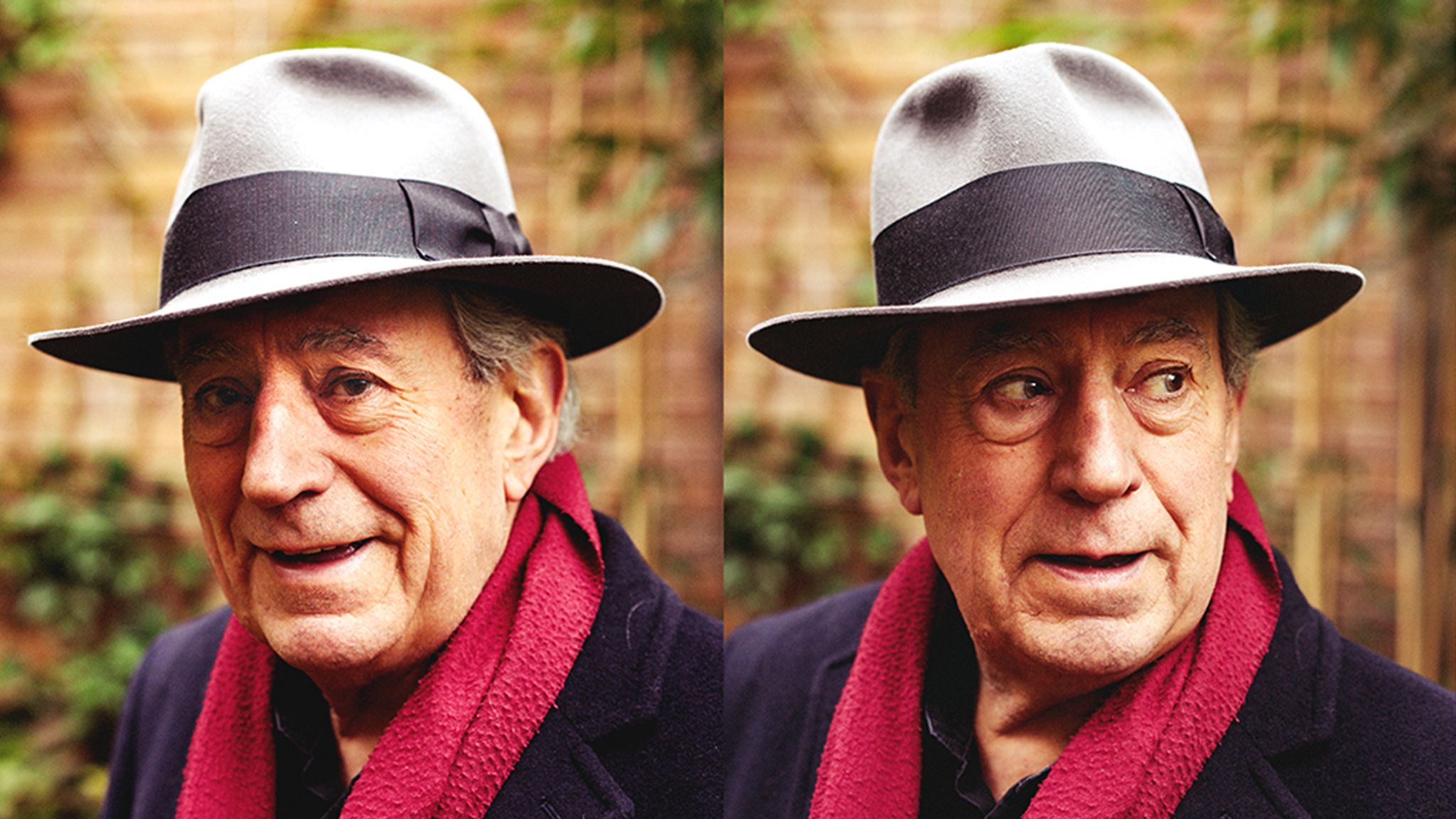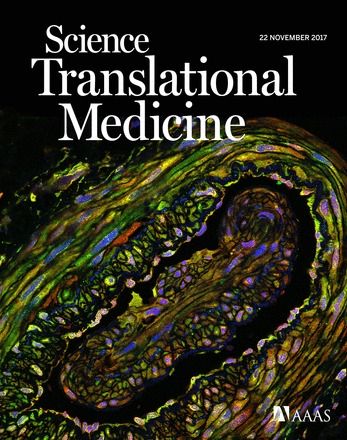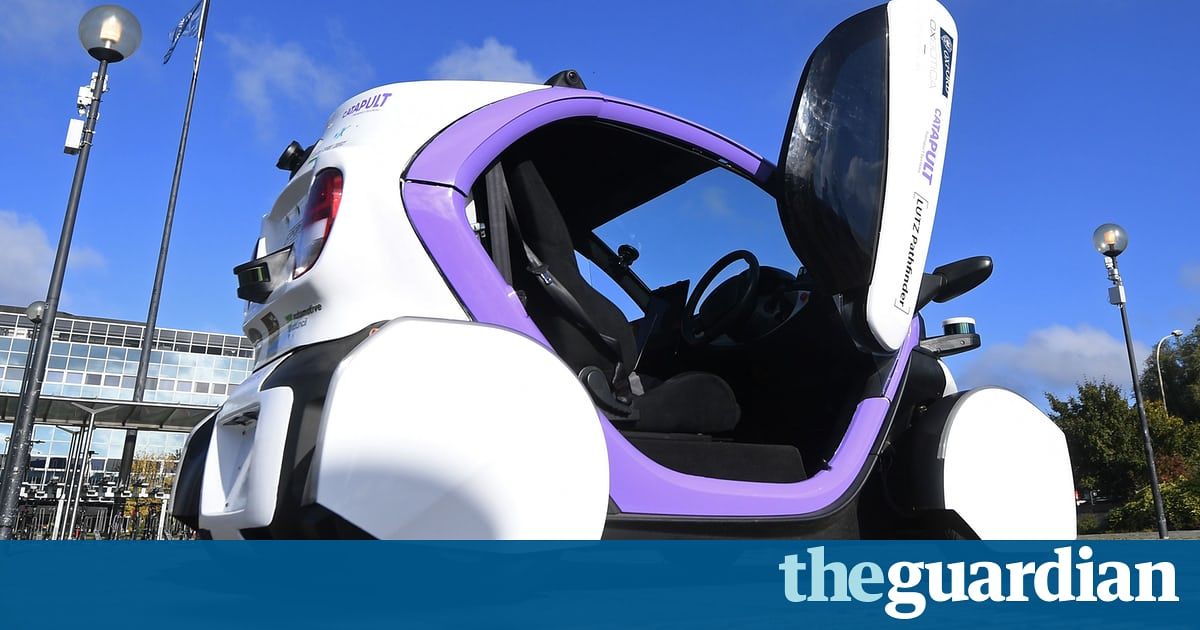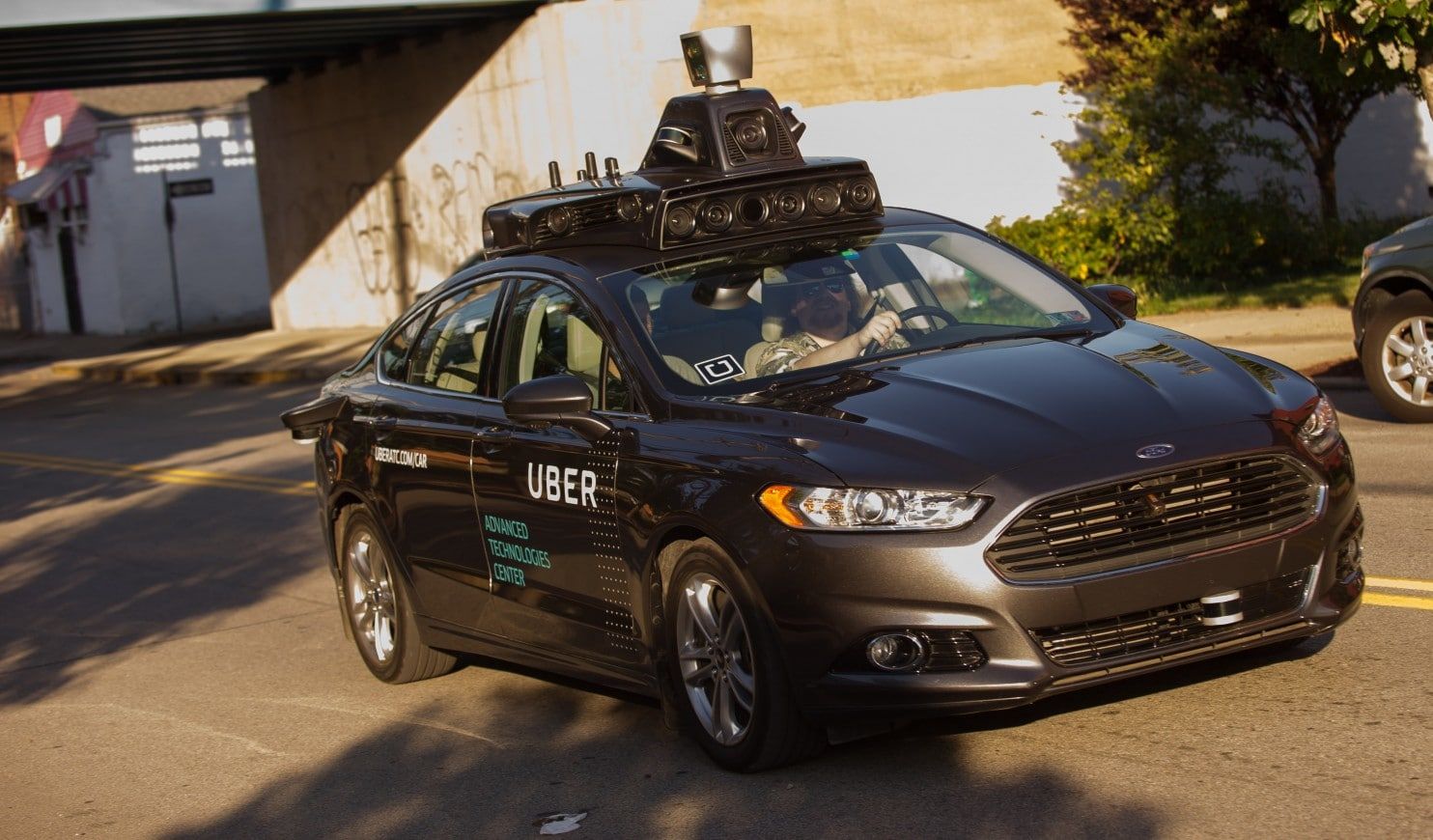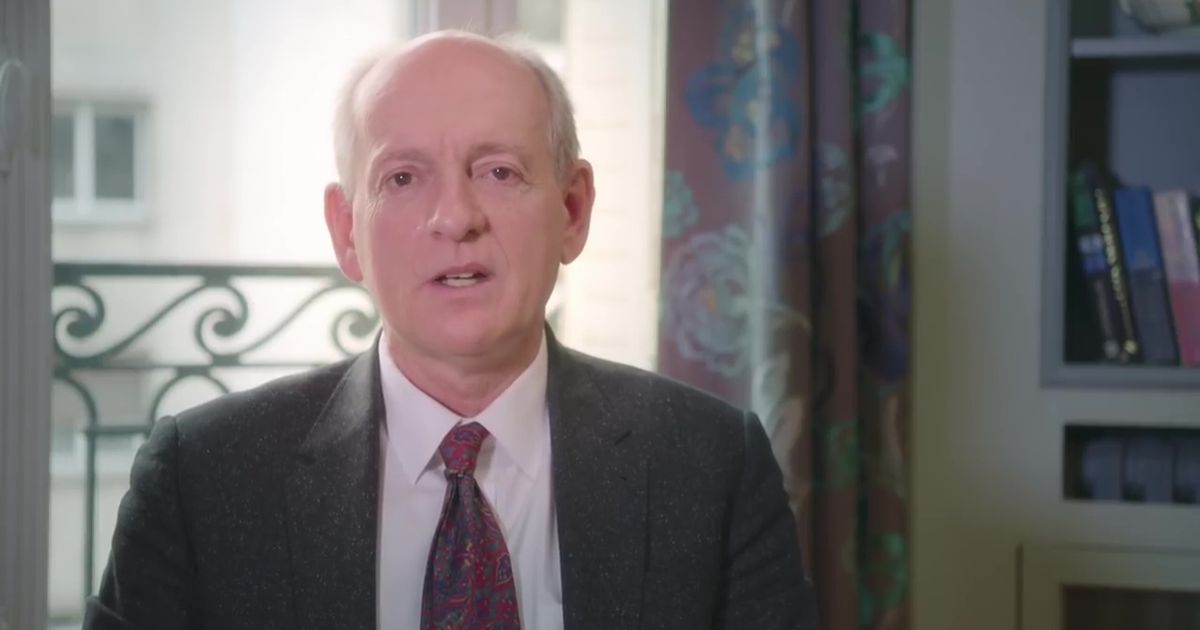Innovation Group looked at three fundamental pillars of humanity and how they will evolve over the coming 10–15 years: our bodies, our thought, and our behavior. After identifying the driving forces that will transform these fundamental pillars, we extracted key themes emerging from their convergence. Ultimately our goal was to determine the ways in which the changing nature of humanity and transhumanism would affect individuals, society, businesses, and government.
A few of the trends that emerged from this study include the following seven trends. We hope they will spark discussion and innovation at your organizations.
Companies today are strategizing about future investments and technologies such as artificial intelligence, the internet of things, or growth around new business models. While many of these trends will make for solid investments for the next 5–10 years, fewer companies are considering the revolutionary convergence of disparate trends pulled from technology, behavioral and societal changes, and medical advances to understand how they will converge to transform society. This transformation will be messy, complex, and sometimes scary, but signals already point to a future of humanity that will blur our identities into “transhumanism.”

